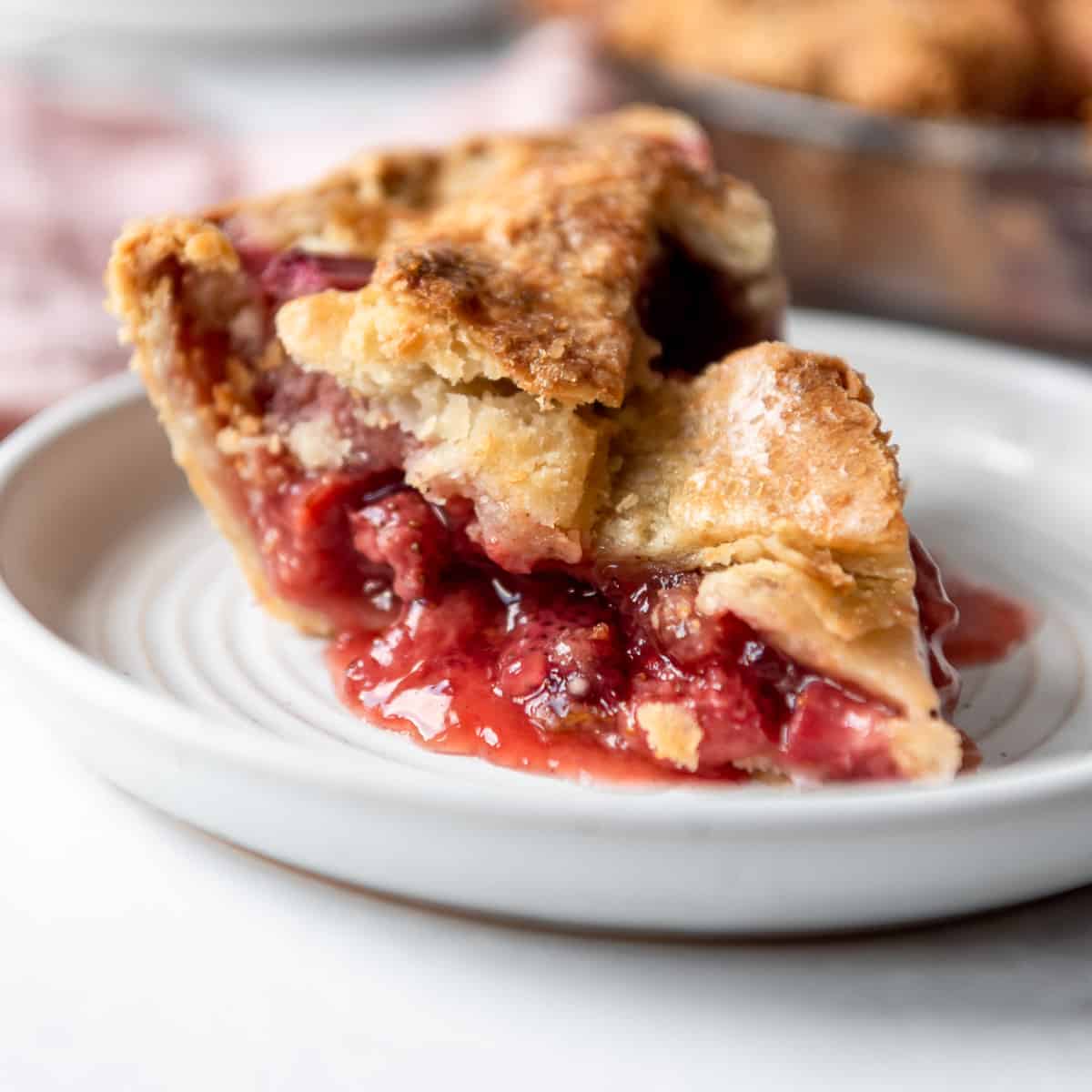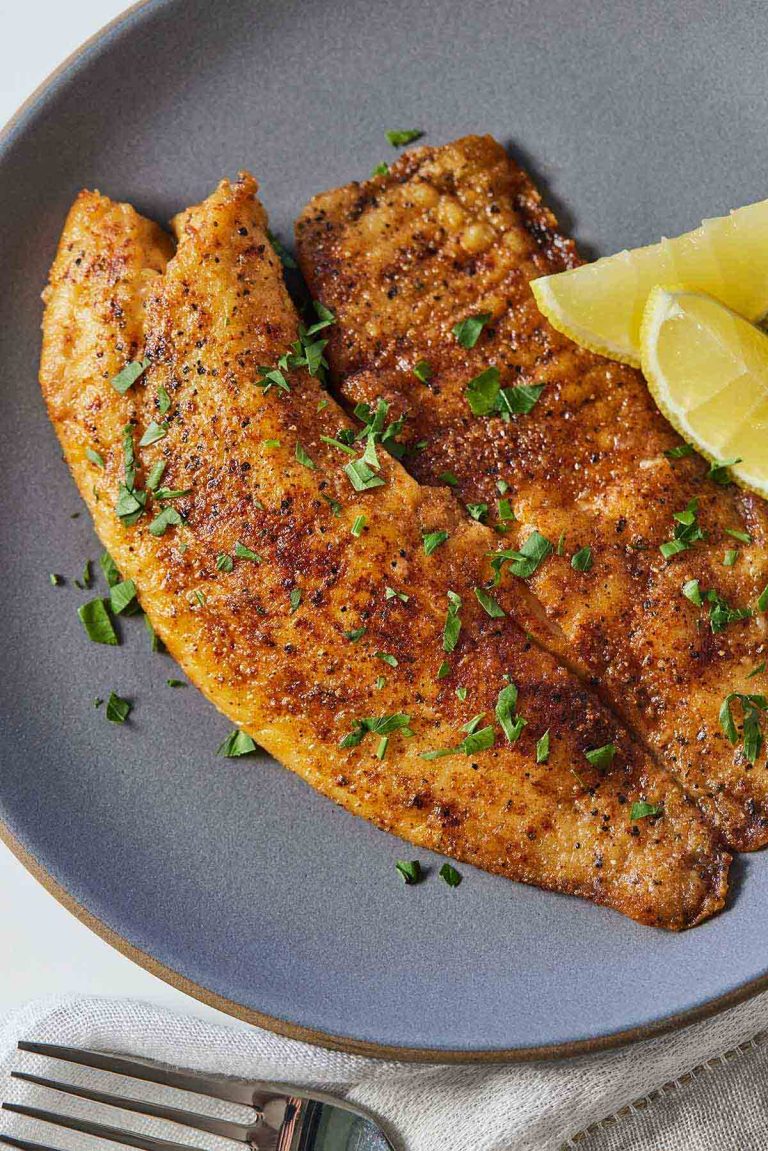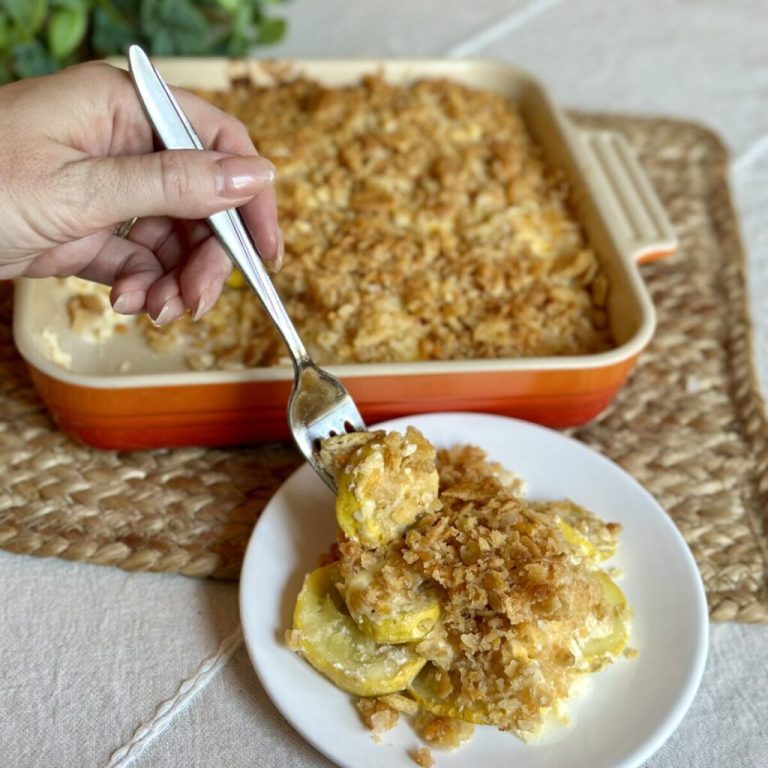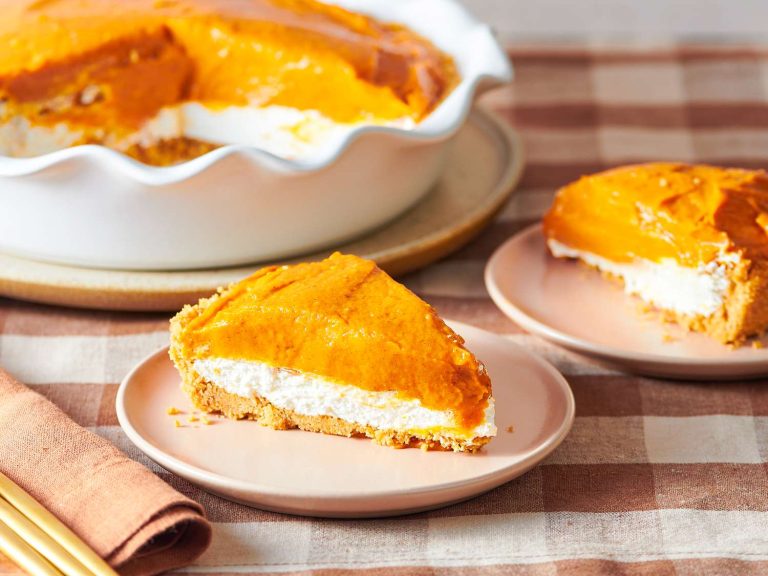Rhubarb Torte: A Delicious Global Dessert
Rhubarb traces its roots back over 2,000 years to ancient China, where it was used for medicinal purposes. By the 16th century, rhubarb found its way into European kitchens. Initially prized for its health benefits, it gradually became popular in culinary contexts, especially in desserts. The fresh rhubarb torte evolved during this period as bakers experimented with combining rhubarb’s tartness with sweet ingredients to create balanced flavors.
Regional Variations
Different regions have distinct takes on the fresh rhubarb torte. In Germany, a classic Rhabarberkuchen uses a yeast dough base topped with rhubarb and sometimes streusel. Scandinavian versions often incorporate cardamom and almond flour in the crust, enhancing the torte’s aromatic profile. In the United States, you might find rhubarb combined with strawberries, adding another layer of sweetness to the dessert.
| Region | Unique Ingredient(s) | Common Addition(s) |
|---|---|---|
| Germany | Yeast dough | Streusel |
| Scandinavia | Cardamom, almond flour | None |
| United States | Strawberries | Vanilla |
Exploring these variations reveals the versatility of fresh rhubarb torte and its adaptability across different culinary traditions. Each variation offers a unique twist, allowing you to enjoy this delightful dessert in multiple ways.
Key Ingredients for Fresh Rhubarb Torte
Choosing the Right Rhubarb
Selecting the best rhubarb ensures your torte has the perfect balance of tartness and sweetness. Look for stalks that are firm and crisp with a deep red color. This variety tends to have a richer flavor and higher sweetness. Avoid stalks that are limp or show signs of wilting, as they may impact the texture and taste.
Essential Ingredients and Substitutions
Creating a fresh rhubarb torte requires a handful of key ingredients:
- Rhubarb Stalks: Fresh, firm, and deep red stalks are ideal.
- All-Purpose Flour: Provides structure to the torte.
- Granulated Sugar: Sweetens the rhubarb and balances its tartness.
- Eggs: Enhance texture and richness.
- Butter: Adds moisture and flavor.
- Vanilla Extract: Offers a warm, aromatic flavor.
For substitutions:
- Gluten-Free Flour: Swap with all-purpose flour for a gluten-free option.
- Coconut Sugar: Use instead of granulated sugar for a lower glycemic index.
- Vegan Butter: Replace regular butter for a dairy-free version.
Choose fresh ingredients to maintain the essence of a traditional rhubarb torte.
Step-by-Step Recipe for Fresh Rhubarb Torte
Preparation Techniques
Start by gathering all necessary ingredients, ensuring you have fresh, deep red rhubarb stalks. Preheat your oven to 350°F (175°C) to get it ready for baking. Wash the rhubarb thoroughly, trim the ends, and cut the stalks into 1/2-inch pieces.
For the crust, mix 1 cup of all-purpose flour, 1/2 cup of granulated sugar, and 1/2 teaspoon of salt in a large bowl. Add 1/2 cup of cold, unsalted butter cut into small cubes. Use a pastry cutter or your hands to combine these until the mixture resembles coarse crumbs. Press this mixture evenly into the bottom of a greased 9×13-inch baking dish. Bake the crust for 15 minutes, then allow it to cool.
In a separate bowl, beat three large eggs and mix in 1 1/2 cups of granulated sugar, 1/2 cup of all-purpose flour, and a teaspoon of vanilla extract. Gently fold the chopped rhubarb into this mixture until well combined.
Baking Tips
Pour the rhubarb mixture over the cooled crust, spreading it evenly. Bake the torte in your preheated oven for 40-45 minutes, checking for a golden-brown top. To ensure even baking, place the torte on the middle rack.
For a crisper texture, you’ll let it cool completely at room temperature before cutting. If you prefer a softer texture, cover the torte and refrigerate it for at least an hour before serving.
For an advanced touch, sprinkle powdered sugar on top before serving or add a dollop of whipped cream for extra richness. Remember to store any leftovers in an airtight container in the fridge, where they’ll keep for up to 5 days.
By following these steps carefully, your fresh rhubarb torte will delight with a perfect balance of tartness and sweetness, making it an irresistible dessert for any occasion.
Serving and Pairing Suggestions
Best Practices for Serving
Serve fresh rhubarb torte to highlight its textures and flavors. Cool the torte to room temperature after baking to enhance its taste. Cut the slices evenly to showcase its layers and facilitate equal portions. For an elegant presentation, use a sharp knife to maintain clean edges. A dollop of whipped cream or a scoop of vanilla ice cream adds a creamy contrast to the tartness. Garnish with a sprig of mint for a fresh visual appeal.
Ideal Pairings with Beverages
Pair fresh rhubarb torte with beverages that complement its vibrant flavors. Serve it with chilled dessert wines like Moscato or Riesling for a sweet contrast. Enjoy a cup of freshly brewed coffee or black tea for a robust pairing. For non-alcoholic options, choose sparkling water with a hint of lemon or a hibiscus tea. These selections balance the tartness of the torte and enhance the overall dining experience.
Health Benefits of Rhubarb
Nutritional Highlights
Rhubarb offers various health benefits due to its rich nutrient profile. It contains fiber, vitamins, and essential minerals. Specifically, rhubarb provides:
- Fiber: One cup of rhubarb (122 grams) provides around 2.2 grams of dietary fiber, aiding digestion and maintaining bowel regularity.
- Vitamins: Rhubarb is high in vitamin K, essential for bone health and blood clotting, offering approximately 35.7 micrograms per cup. It’s also a source of vitamin C, which supports the immune system.
- Minerals: Minerals such as calcium, potassium, and manganese are found in rhubarb. Calcium (105 milligrams per cup) contributes to strong bones and teeth, while potassium (351 milligrams per cup) helps regulate blood pressure.
- Antioxidants: Rhubarb contains antioxidants like anthocyanins, which have anti-inflammatory properties and may help prevent chronic diseases.
Diet-Friendly Aspects of Rhubarb Torte
Fresh rhubarb torte can fit various diets when prepared thoughtfully. Consider these aspects:
- Low-Calorie: Rhubarb is naturally low in calories, with about 26 calories per cup. This makes it an excellent choice for those looking to manage caloric intake.
- Low in Fat: Rhubarb contains almost negligible fat, supporting heart health and weight management when part of a balanced diet.
- Sugar Substitutes: You can use natural sweeteners like stevia or honey instead of granulated sugar to make the torte more diet-friendly while maintaining taste.
- Nutrient-Dense Ingredients: Ingredients such as almond flour can add protein and healthy fats, making the torte a more balanced dessert option.
By incorporating these elements, you can enjoy a healthier version of a delicious fresh rhubarb torte.
Conclusion
Exploring the world of fresh rhubarb torte reveals a rich tapestry of cultural influences and culinary creativity. Whether you’re drawn to the traditional German version or a Scandinavian twist, this dessert offers a unique and delicious experience. By selecting the right rhubarb and following the detailed recipe, you can create a torte that’s both visually stunning and palate-pleasing.
Don’t forget to consider the health benefits and diet-friendly aspects of this dessert. With its low-calorie, nutrient-dense profile, fresh rhubarb torte can be a delightful addition to your menu without the guilt. Pair it with your favorite beverage and enjoy a slice of this timeless treat.





